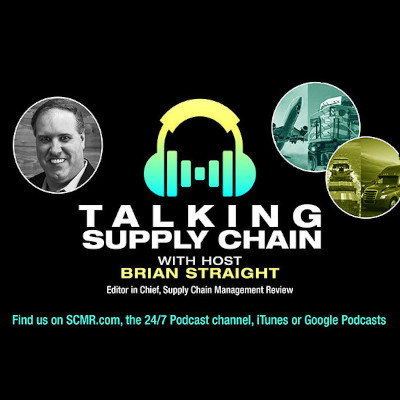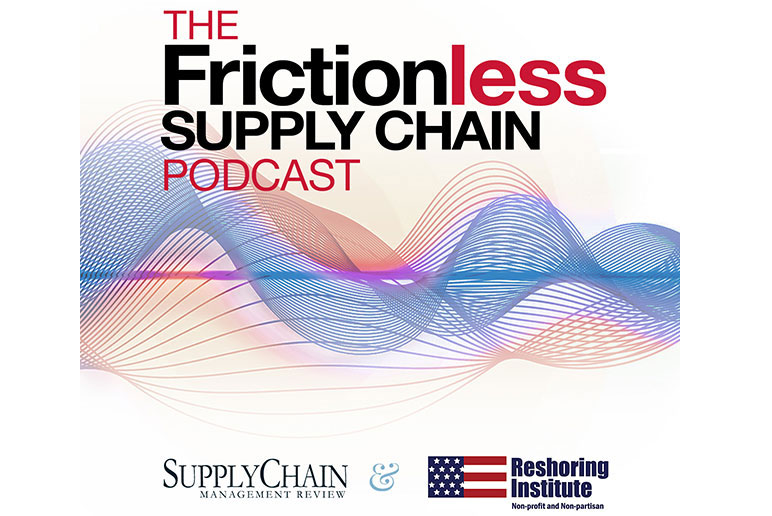As supply chain and procurement professionals deal with the challenges associated with increased workloads, increased scrutiny and mandates to control spending, research from Gartner has identified the most common constraints and offered ways to solve them.
The research was presented during the Gartner Supply Chain Symposium/Xpo in Barcelona, Spain, earlier this year and was based on surveys from 143 supply chain leaders conducted earlier this year.
The survey identified the top six resource constraints facing supply chain and procurement professionals. They are:
- Access to labor (cited by 55%)
- Fixed/limited capacity (45%)
- Excessive energy costs (43%)
- Contribution to labor fatigue (41%)
- Availability of raw materials (33%)
- Commitment to greenhouse gas emission reductions (23%)
Gartner said that the findings from the survey show that supply chain leaders can leverage short-term actions to provide immediate impacts to business viability and gain stakeholder buy-in. Gartner noted that they will also set up the organization for long-term success.
“It’s difficult to motivate action on long-term constraints when leaders are focused on the clear and present dangers in front of them,” said Laura Rainier, senior director analyst, Gartner Supply Chain Practice. “Rather than wait for a mandate that may never come, supply chain leaders can work with the short-term pressures facing the organization to design solutions today that will address both current and future constraints.”
Gartner noted that businesses will deliver strong results by focusing on current business viability and deprioritizing long-term constraints even when just small changes are made.
Gartner identified three key categories for action. They are:
1. Motivate action by deprioritizing long-term constraints
Rainier told attendees that it’s important for supply chain leaders to focus on generating action by addressing short-term risks that stakeholders are most focused on. Even established long-term strategies are likely to be deprioritized in the event of supply chain disruptions, she noted. In the near term, supply chain leaders should focus on obtaining investments and stakeholder buy-in that address the constraints their organizations are already facing.
2. Reprioritize long-term constraints to design solutions
Effective supply chain organizations can exert significant influence in product design that can impact considerations from material use to labor efficiency. By engaging with relevant internal and external stakeholders, supply chain leaders can ensure both present and future constraints are considered as part of the design process. They should start with a focus on designing resource constraints out of new products, phasing in more sustainable and viable products for the future.
3. Leverage the marketplace to learn and innovate
Leading supply chains innovate new solutions by creating opportunities to learn and leveraging their standing as customers to overcome resistance. Further, they rely on external partners to overcome technical and regulatory barriers. Leading companies forge partnerships with innovators, startups and solution providers with a clear goal in mind, using pilots to identify and overcome barriers to that goal.
More on the research is available in the Gartner report Supply Chain Executive Report: Thrive in a Resource-Constrained World.
SC
MR


More Supply Chain Management
- Can supply chain managers embrace an entrepreneurial mindset?
- Balanced supply chain management Part 4: The key—leading beyond the silo
- Why global businesses must consider climate change risks to their supply chains
- The EPIC Framework: A tool for supply chain managers in an age of global disruptions
- Communication issues hamper supplier experience
- More Supply Chain Management
What's Related in Supply Chain Management

 Explore
Explore
Topics
Procurement & Sourcing News
- Geopolitical readiness in supply chains: Strategic challenges for leaders
- With capacity to spare, logistics real estate demand remains subdued
- Tariffs, taxes and trade: The impact of Trump’s reelection on the supply chain
- How to improve demand forecasts for new product families
- Aggregators sitting on the throne of Africa’s e-commerce supply chains: What lessons can we learn?
- Cross-border transport 2024: Navigating the surge
- More Procurement & Sourcing
Latest Procurement & Sourcing Resources

Subscribe

Supply Chain Management Review delivers the best industry content.

Editors’ Picks




